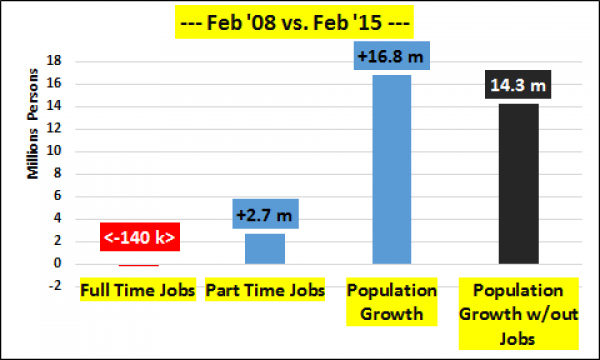(CNSNews.com) -- The U.S. has a $210 trillion “fiscal
gap” and “may well be in worse fiscal shape than any developed country,
including Greece,” Boston University economist Laurence Kotlikoff told members of the Senate Budget Committee in written and oral testimony on Feb. 25.
“The first point I want to get across is that our nation is broke,”
Kotlikoff testified. “Our nation’s broke, and it’s not broke in 75 years
or 50 years or 25 years or 10 years. It’s broke today.
"Indeed, it may well be in worse fiscal shape than any developed country, including Greece," he said. (See Kotlikoff---Testimony-to-Senate-Budget-Committe.pdf)
In January, Fitch downgraded Greece, whose debt-to-Gross Domestic Product (GDP) ratio is 175 percent, from Stable to Negative.
“This declaration of national insolvency will, no doubt, shock those of you who use the officially reported federal debt
as the measuring stick for what our country owes,” Kotlikoff told
committee members who are considering President Obama’s proposed budget for Fiscal Year 2016.
“After all, federal debt in the hands of the public is only 74
percent of GDP. Yes, this is double the debt-to-GDP ratio recorded a
decade ago. But it’s still a far cry from Italy’s 135 debt-to-GDP ratio
or Greece’s 175 percent ratio.”
However, using the Congressional Budget Office’s July 2014 75-year Alternate Fiscal Scenario projection, Kotlikoff calculated that the U.S.' “fiscal gap” –which he defines
as "the difference between our government's projected financial
obligations and the present value of all projected future tax and other
receipts" - is actually much higher than those of either Italy or
Greece.
“We have a $210 trillion fiscal gap at this point,” Kotlikoff told
the senators, which amounts to 211 percent of the U.S.’ $18.2 trillion GDP, making it higher than Greece’s 175 percent debt-to-GDP ratio.
The fiscal gap is “16 times larger than official U.S. debt, which
indicates precisely how useless official debt is for understanding our
nation’s true fiscal position,” said Kotlikoff, a former senior
economist on President Ronald Reagan’s Council of Economic Advisers.
“Stated differently, the overall federal government is 58 percent underfinanced,” Kotlikoff testified.
“By way of comparison, the Social Security system, taken by itself, is 33 percent underfinanced.” Last year, Kotlikoff testified
on Capitol Hill that the Social Security system was in “significantly
worse financial shape than Detroit’s two pension funds taken together.”
Kotlikoff said that not counting “off book” liabilities like Social
Security give lawmakers and the public a false sense of the nation’s
true fiscal condition.
“What economics tells us is that we can’t choose what to put on the
books. All government obligations and all government receipts, no matter
what they are called, need to be properly valued in the present taking
into account their likelihood of payment by and to the government,”
Kotlikoff testified.
“Successive Congresses, whether dominated by Republicans or
Democrats, have spent the postwar accumulating massive net fiscal
obligations, virtually all of which have been kept off the books,” he
noted.
“Congress’ economically arbitrary decisions as to what to put on and
what to keep off the books have not been innocent,” he continued,
criticizing what he called “the Enron-type accounting that’s been going
on for decades under both parties.”
“A positive fiscal gap means the government is attempting to spend,
over time, more than it can afford,” Kotlikoff explained, adding that
every year of delay in addressing the problem makes it that much harder
to close the fiscal gap.
For example, starting now, eliminating the fiscal gap would require
an immediate 58.5 percent increase in all federal taxes or a 37.7
percent permanent, across-the-board decrease in federal spending.
But if the government waits 30 years, it would require a 77 percent
tax increase or a 46.5 percent cut in spending by 2045 to eliminate the
fiscal gap.
“Spending six decades raising or extending transfer payments and
cutting or limiting taxes helped members of Congress get reelected. But
it has placed our children and grandchildren under a fiscal Sword of
Damocles that gravely endangers their economic futures,” said Kotlikoff,
co-author of The Coming Generational Storm: What You Need to Know About Our Nation’s Economic Future, which was published in 2005.








 A
Ministry of Environment spokesman said the new fees and rentals have
been set to cover the cost of administering the new WSA, estimated at $8
million per year.
A
Ministry of Environment spokesman said the new fees and rentals have
been set to cover the cost of administering the new WSA, estimated at $8
million per year.